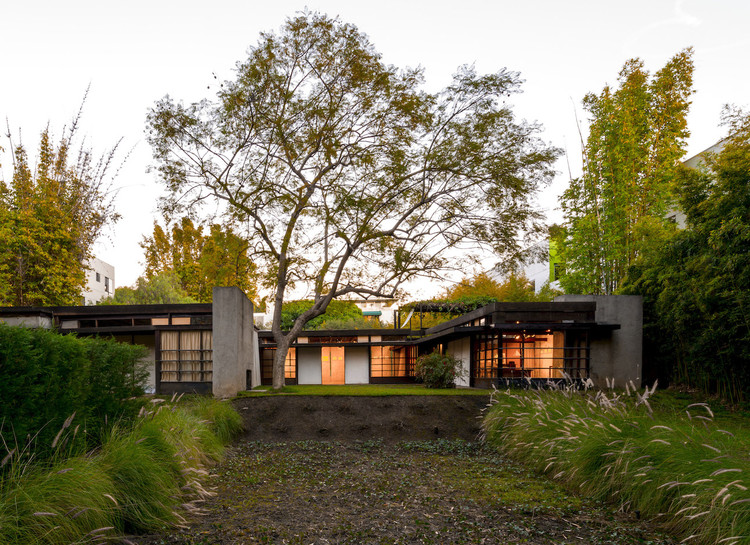
Frank Lloyd Wright (1867–1959) is the most renowned and popular architect and designer in America. His buildings, including Fallingwater and New York's Guggenheim Museum, are iconic landmarks. Now you can create 14 of his best loved buildings using the art of kirigami (cutting and folding).
Each project features step-by-step instructions and a template that you remove from the book. You follow the lines on the template, cutting and folding to make your own model. All you need is a craft knife, a cutting mat, and a ruler. Clear cutting tips help you with the tricky stages, while photos of the finished
















.jpg?1472236051&format=webp&width=640&height=429)




.jpg?1472236051)

.jpg?1465197488)
.jpg?1465197680)
.jpg?1465197941)
.jpg?1465197911)
.jpg?1465197961)






